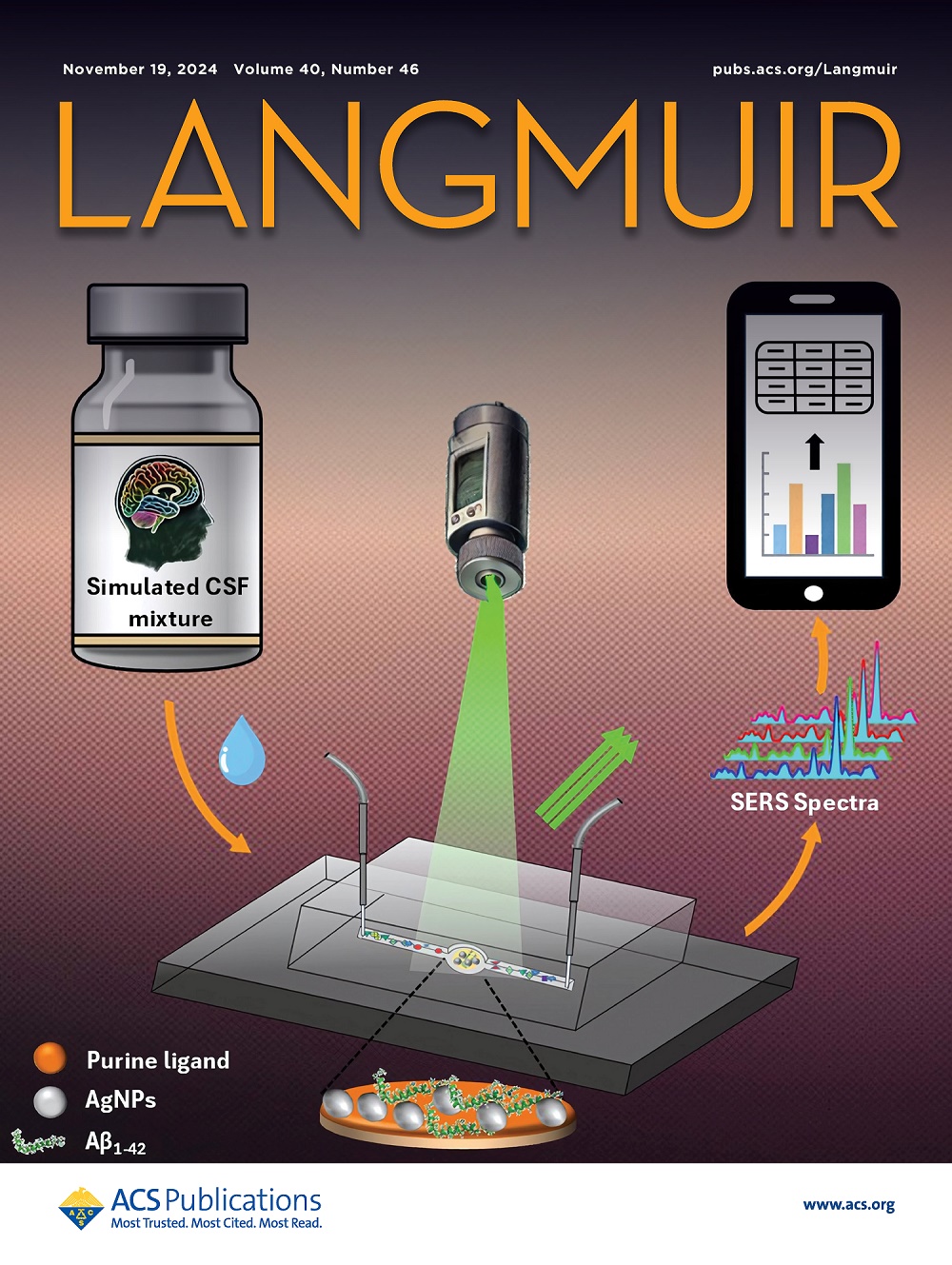Comprehensive Analysis of the Structural Evolution and Dynamic Mechanical Behavior of Ferrofluids through Coarse-Grained Molecular Dynamics and Experimental Testing
IF 3.7
2区 化学
Q2 CHEMISTRY, MULTIDISCIPLINARY
引用次数: 0
Abstract
Understanding and predicting the relationship between the dynamic structure and dynamic mechanical behavior of ferrofluids at the mesoscale presents a significant challenge. Therefore, in this study, a ferrofluid model that considered the molecular structure of the carrier liquid was constructed to perform coarse-grained molecular dynamics simulations of the mesoscale structural evolution and internal particle arrangement characteristics of ferrofluids under the influence of a magnetic field. Subsequently, oscillatory shear deformation was applied to further investigate the mechanical properties of ferrofluids under dynamic strain, as well as the deformation and disruption of their orientational structures. The simulations show that the columnar aggregation of magnetic particles imparts typical viscoelastic characteristics to the ferrofluid, and these aggregated structures gradually deform and break down as the strain amplitude increases. During dynamic oscillatory shear deformation, the enhancement of the magnetic field allows the aggregated structure of magnetic particles to exhibit better resistance to deformation, thereby improving the absorption and dissipation of mechanical energy. The dynamic mechanical properties of ferrofluids obtained from coarse-grained simulations closely align with the experimental results under moderate to high magnetic fields, allowing for a certain degree of predictive capability regarding the dynamic mechanical behavior of ferrofluids.

求助全文
约1分钟内获得全文
求助全文
来源期刊

Langmuir
化学-材料科学:综合
CiteScore
6.50
自引率
10.30%
发文量
1464
审稿时长
2.1 months
期刊介绍:
Langmuir is an interdisciplinary journal publishing articles in the following subject categories:
Colloids: surfactants and self-assembly, dispersions, emulsions, foams
Interfaces: adsorption, reactions, films, forces
Biological Interfaces: biocolloids, biomolecular and biomimetic materials
Materials: nano- and mesostructured materials, polymers, gels, liquid crystals
Electrochemistry: interfacial charge transfer, charge transport, electrocatalysis, electrokinetic phenomena, bioelectrochemistry
Devices and Applications: sensors, fluidics, patterning, catalysis, photonic crystals
However, when high-impact, original work is submitted that does not fit within the above categories, decisions to accept or decline such papers will be based on one criteria: What Would Irving Do?
Langmuir ranks #2 in citations out of 136 journals in the category of Physical Chemistry with 113,157 total citations. The journal received an Impact Factor of 4.384*.
This journal is also indexed in the categories of Materials Science (ranked #1) and Multidisciplinary Chemistry (ranked #5).
 求助内容:
求助内容: 应助结果提醒方式:
应助结果提醒方式:


